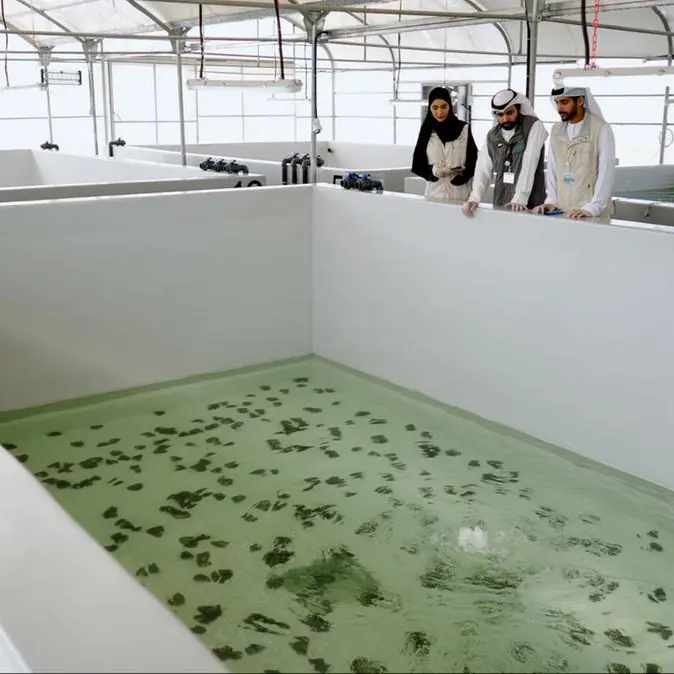PHOTO
After trekking deeper into space than any humans in the last half-century, a pioneering private crew is set to make history Thursday with the first-ever spacewalk by non-professional astronauts.
The SpaceX Polaris Dawn mission, led by fintech billionaire Jared Isaacman, launched early Tuesday from the Kennedy Space Center in Florida, reaching a peak altitude of 870 miles (1,400 kilometers).
That's more than three times higher than the International Space Station, in a region of space called the inner Van Allen radiation belt -- a zone teeming with dangerous, high-energy particles.
Now, with their Dragon spaceship's elliptical orbit reduced to a low point of roughly 120 miles and high of 430 miles, the crew of four is gearing up for the mission's centerpiece: an audacious extravehicular activity (EVA) scheduled for 0958 GMT on Thursday, with a backup window on Friday.
SpaceX pushed the time back by a few hours early Thursday, without explaining why. It plans a webcast of the event starting about an hour beforehand, on its website.
- 'Bit of a dance' -
Prior to the hatch opening, the crew will complete a "prebreathe" process to purge nitrogen from their blood, preventing decompression sickness caused by nitrogen bubbles. The cabin pressure will then be gradually reduced to match that of space.
After it's opened, Isaacman and crewmate Sarah Gillis, a SpaceX engineer, will take turns peeking out from a structure attached to the hatch dubbed "Skywalker," equipped with hand and footholds.
"It'll look like we're doing a little bit of a dance," Isaacman quipped during a recent press conference.
In reality, they're stress-testing SpaceX's next-generation suits, which boast heads-up displays, helmet cameras and enhanced joint mobility systems.
However, they won't float away on a tether like early spacefarers such as Soviet cosmonaut Alexei Leonov or NASA's Ed White did in 1965. Instead, they'll cling to the spacecraft as it orbits Earth at roughly 17,500 mph.
Since the Crew Dragon capsule lacks an airlock, the entire crew will be exposed to the vacuum of space for the duration of the spacewalk, around two hours. After the hatch is closed, the cabin will be repressurized, and oxygen and nitrogen levels will return to normal.
Mission pilot Scott Poteet and SpaceX engineer Anna Menon will monitor vital support systems during the activity, while Isaacman and Gillis are expected to each spend about 15 to 20 minutes partially outside the craft.
"The risk is greater than zero, that's for sure, and it's certainly higher than anything that has been accomplished on a commercial basis," former NASA administrator Sean O'Keefe told AFP.
"This is another watershed event in the march toward commercialization of space for transportation," he added, comparing the crewmates to early aviators who paved the way for modern air travel.
- First of three Polaris missions -
All four underwent more than two years of training in preparation for the landmark mission, logging hundreds of hours on simulators as well as skydiving, centrifuge training, scuba diving and summiting an Ecuadoran volcano.
Beyond their spacewalk, the crew will test laser-based satellite communications between the spacecraft and the vast Starlink satellite constellation.
They'll also carry out 36 scientific experiments, including tests on contact lenses with embedded microelectronics to monitor changes in eye pressure and shape in space.
Polaris Dawn is the first of three missions under the Polaris program, a collaboration between Isaacman and SpaceX.
Financial terms of the partnership remain under wraps, but Isaacman, the 41-year-old founder and CEO of Shift4Payments, reportedly poured $200 million of his fortune into leading the 2021 all-civilian SpaceX Inspiration4 orbital mission.
The final Polaris mission aims to be the first crewed flight of SpaceX's Starship, a prototype next-generation rocket that is key to founder Elon Musk's ambitions of colonizing Mars.























